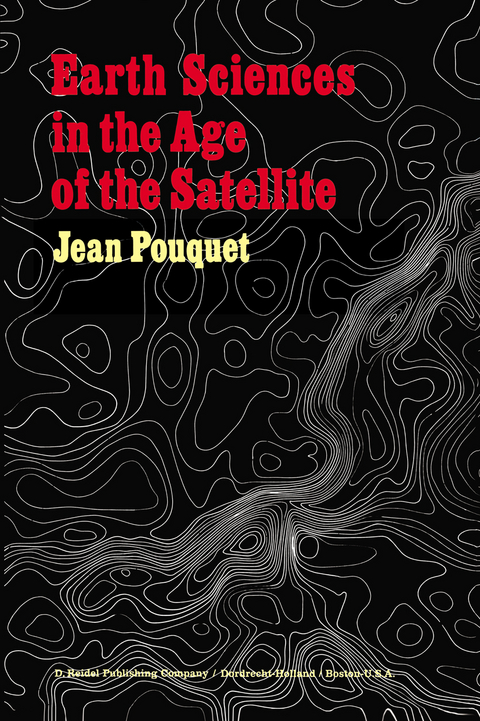
Earth Sciences in the Age of the Satellite
Springer (Verlag)
978-94-010-2190-6 (ISBN)
Renaissance man " ... discovered many a mechanical marvel .... The achievement of the astronauts '" opened up comparable prospects to the men of today, but of infinitely wider scope". C. LUCET, French Ambassador to the United States.· "Any future ... must inevitably pass through the channel of combined disciplines ... (from which) will arise a humanization of state-of-the-art technology, and updating of methods of Earth Science." Author unknown.·· "It is difficult to say what is impossible, for the dream of yesterday is the hope of today and reality tomorrow." ROBERT GODDARD, American physicist. This'phrase has become the symbol of NASA . • Is there a crisis of the spirit?, Bu/. Soc. Prof. Fr. en Amer. (1969) p. 9. *. La recherchespatiale [Space Research] (May 1969) p. 15. INTRODUCTION FROM GALILEO TO ALDRIN AND ARMSTRONG In 1610, Galileo observed the surface of the Moon through the lens which bears his name and announced that, contrary to official opinion, its surface was irregular and not smooth. We now know that this observation -and many others ofGalileo-was a correct one, but the opposition that always arises against research too far ahead of its time resulted in his condemnation.
From Galileo to Aldrin and Armstrong.- 1. Some Basic Observations.- 1/Basic Principles of Remote Detection.- I. The Electromagnetic Spectrum.- II. The Visible and Near Infrared of the Electromagnetic Spectrum.- III. The Invisible Part of the Electromagnetic Spectrum.- IV. Emitted Radiation and Reflected Radiation.- 2/Artificial Satellites and Remote Detection.- Types of Satellites.- I. The Problem of Real Time.- II. Instrumentation Onboard the Satellites.- III. Satellites Destined for Earth Sciences.- IV. Processing of Information Received from Meteorological Satellites.- 3/Applications to Earth Sciences.- I. Manned Satellites.- II. Broad Principles of Interpretation.- III. Geopedological Examples.- IV. Non-Geopedological Examples.- General Conclusion. Prospects for the Future.- Appendixes.- Appendix A. The Great Firsts of the Space Age.- Appendix B. Where to Obtain Satellite Data?.- Appendix C. Requests for Photographs (Facsimile, Television).- Appendix D. Application for Digitized Map.- Appendix E. NASA Questionnaire on Utilization of ERTS (Earth Resources Satellites) and Skylab Information.- Appendix F. Emitted Energy and Emissivity.- Appendix G. How to Derive the Height of an Object from Aerial Photographs.- Map Supplements.
| Zusatzinfo | XI, 169 p. |
|---|---|
| Verlagsort | Dordrecht |
| Sprache | englisch |
| Maße | 155 x 235 mm |
| Themenwelt | Sachbuch/Ratgeber ► Natur / Technik ► Garten |
| Naturwissenschaften ► Geowissenschaften ► Geografie / Kartografie | |
| Naturwissenschaften ► Geowissenschaften ► Geologie | |
| Naturwissenschaften ► Geowissenschaften ► Geophysik | |
| ISBN-10 | 94-010-2190-2 / 9401021902 |
| ISBN-13 | 978-94-010-2190-6 / 9789401021906 |
| Zustand | Neuware |
| Haben Sie eine Frage zum Produkt? |
aus dem Bereich


